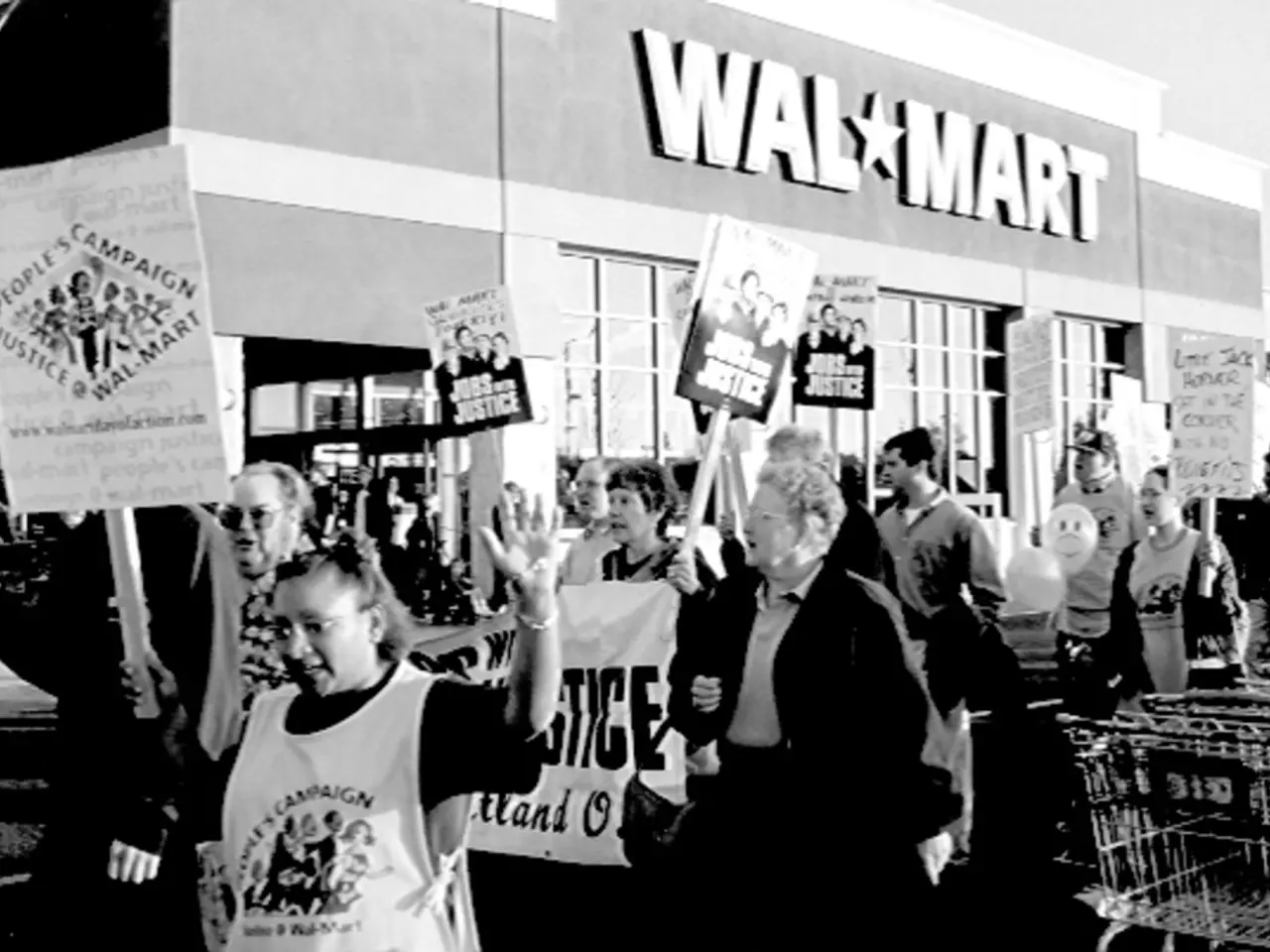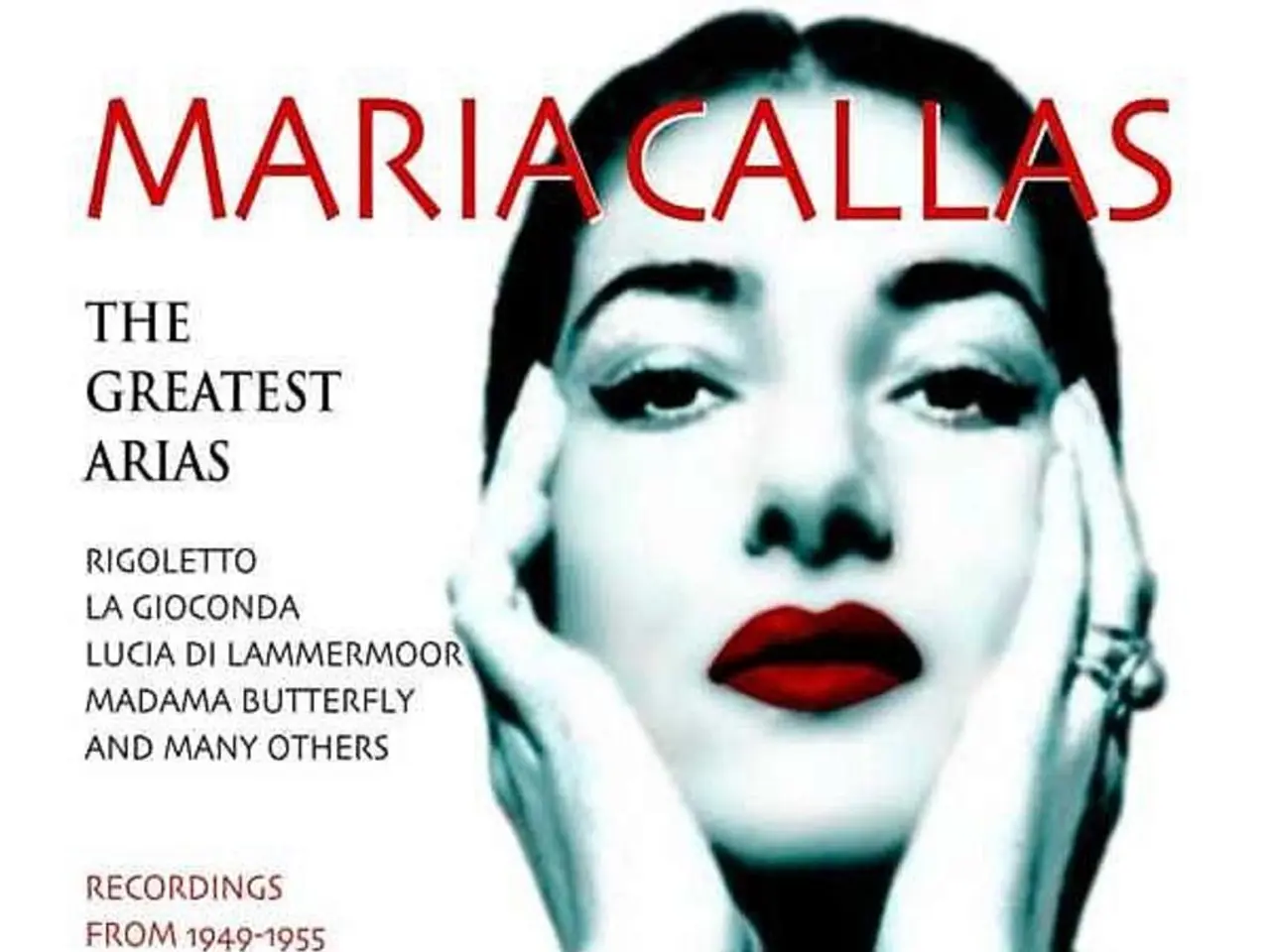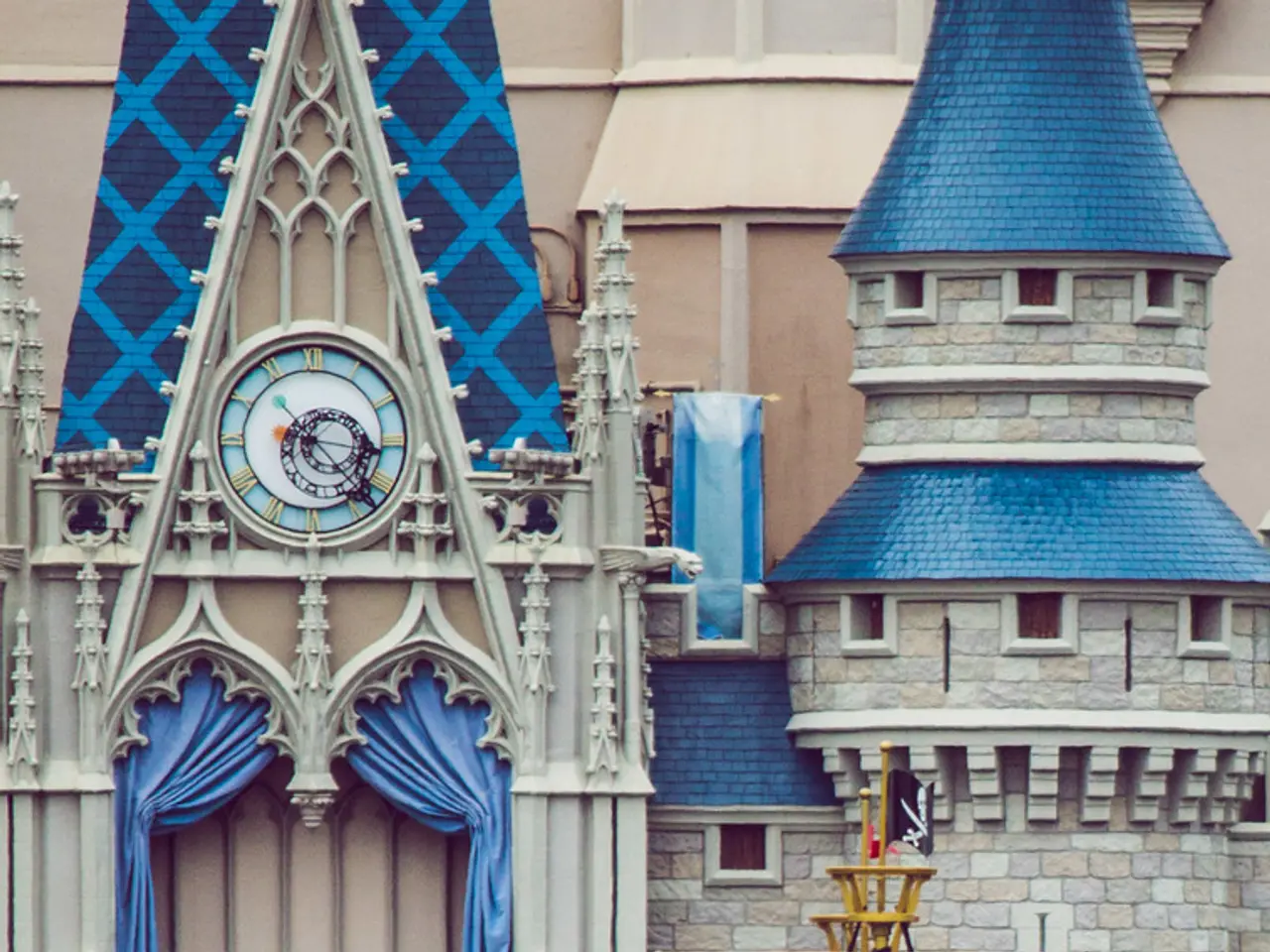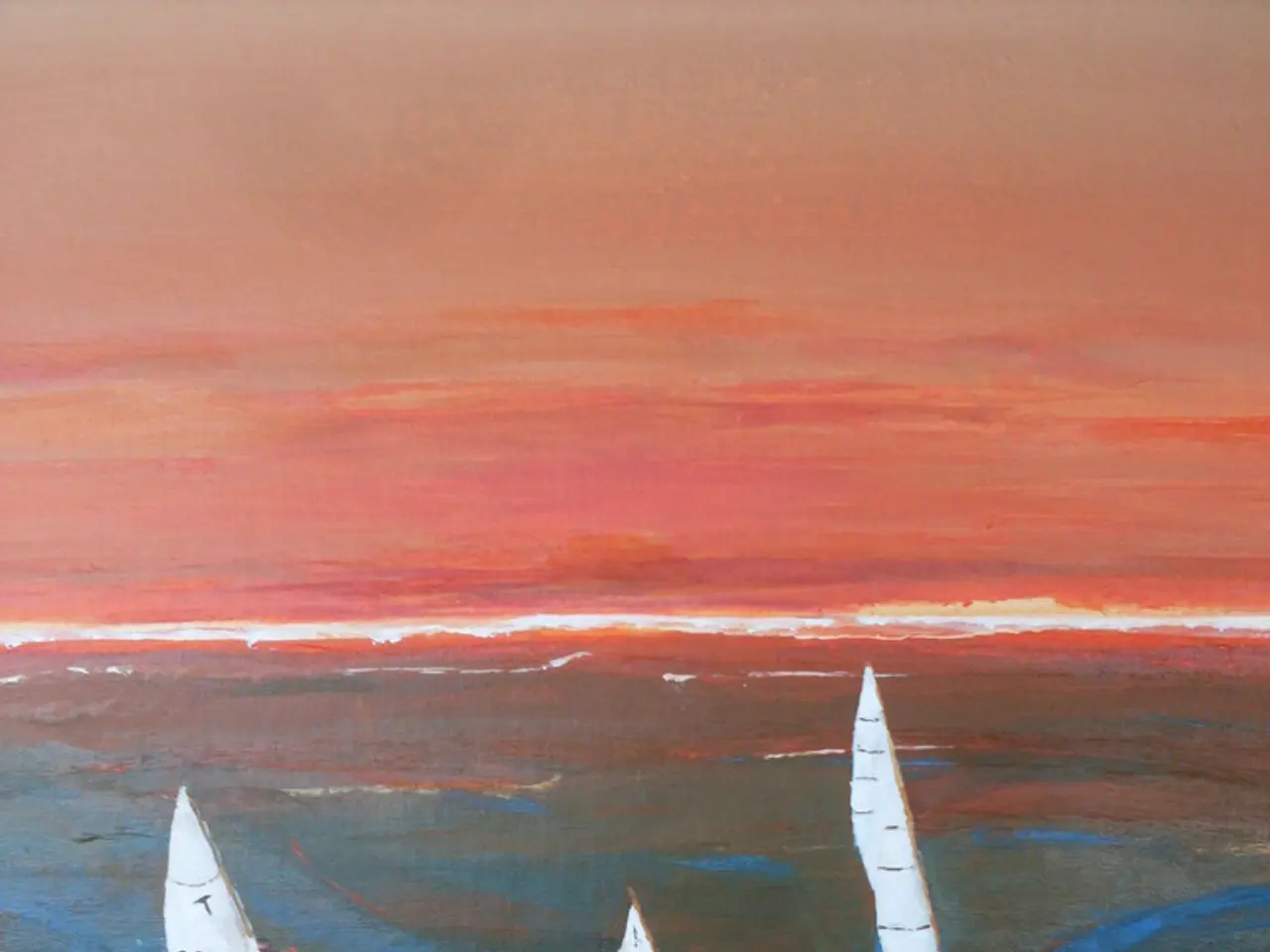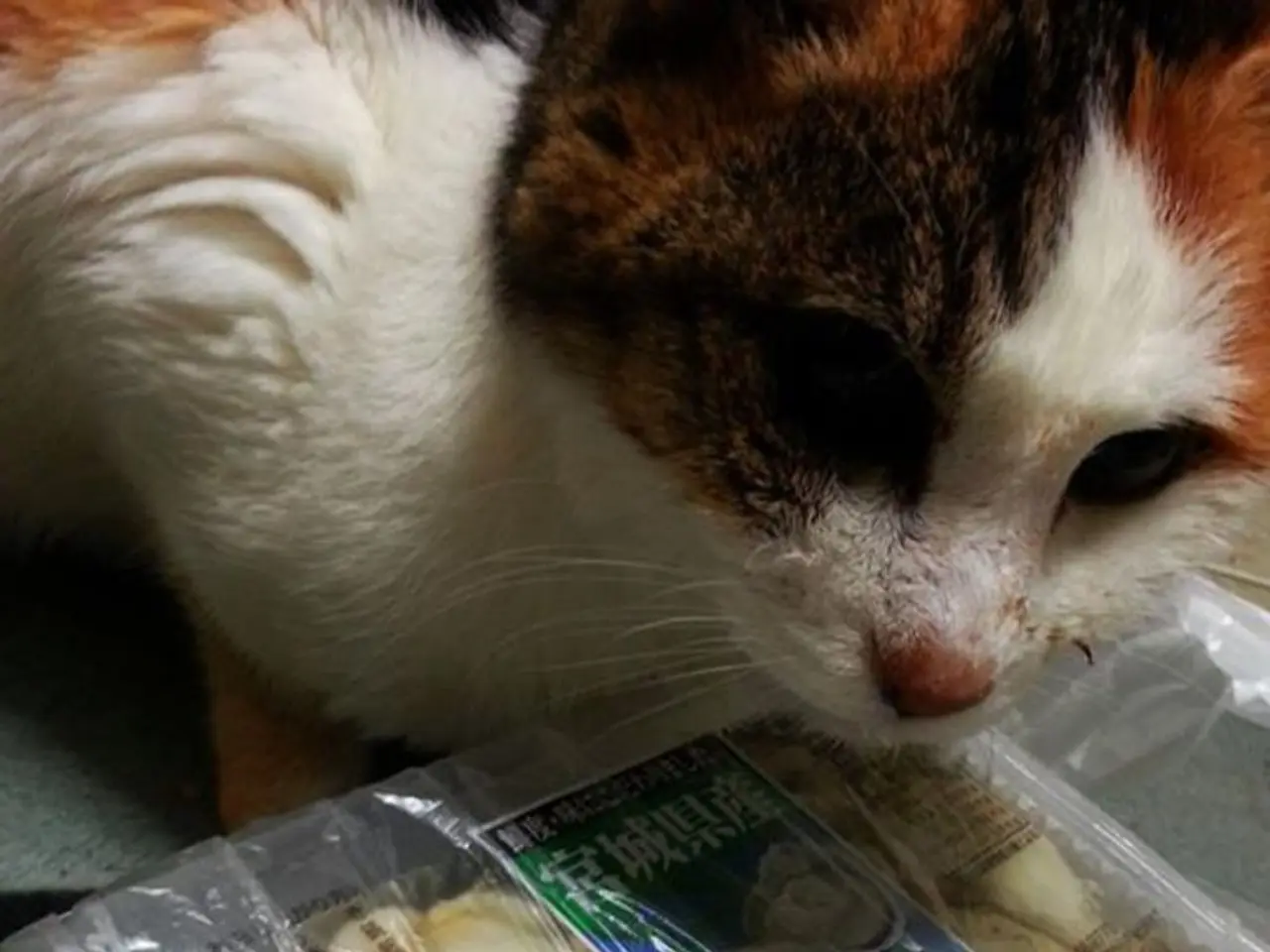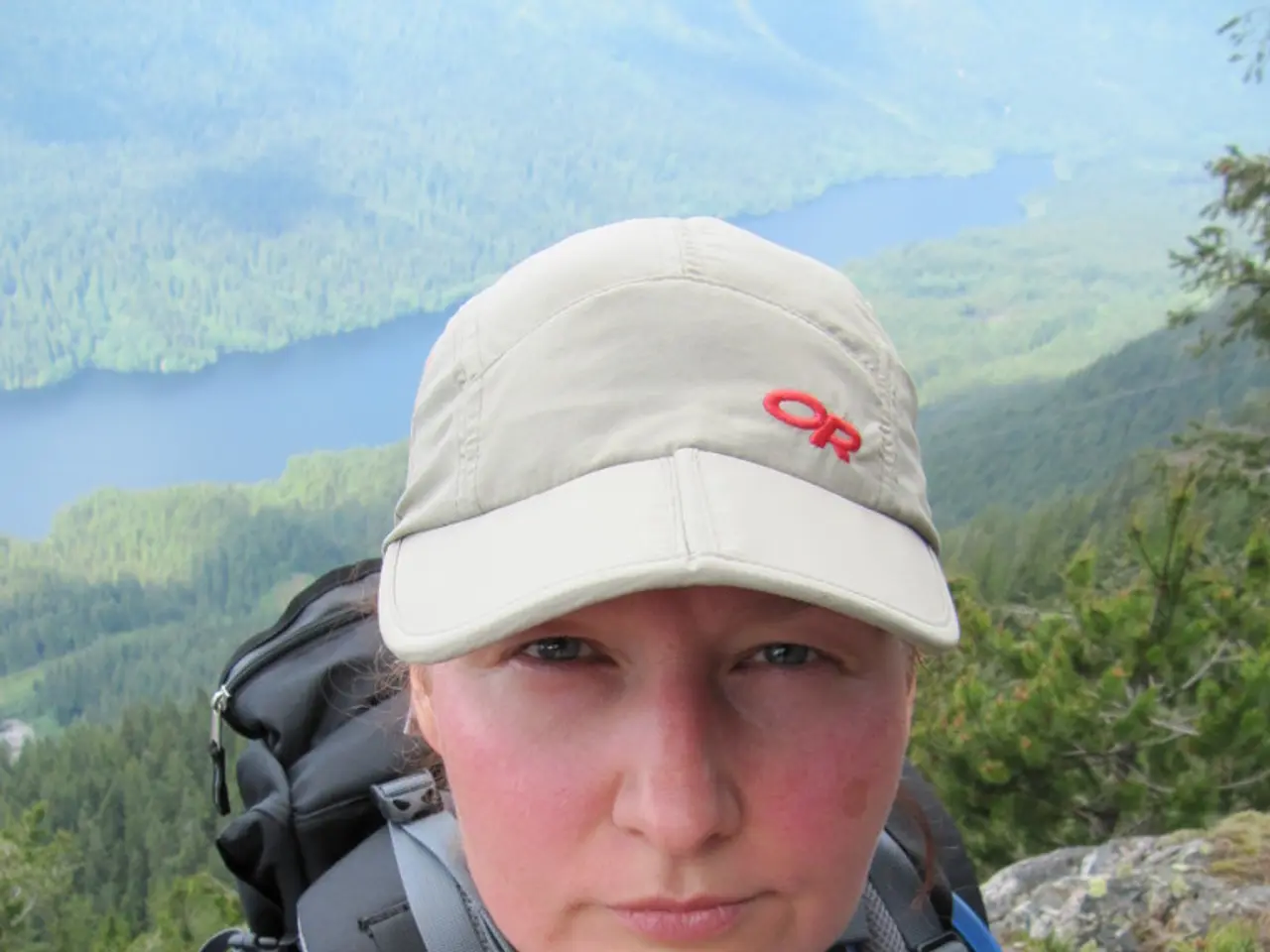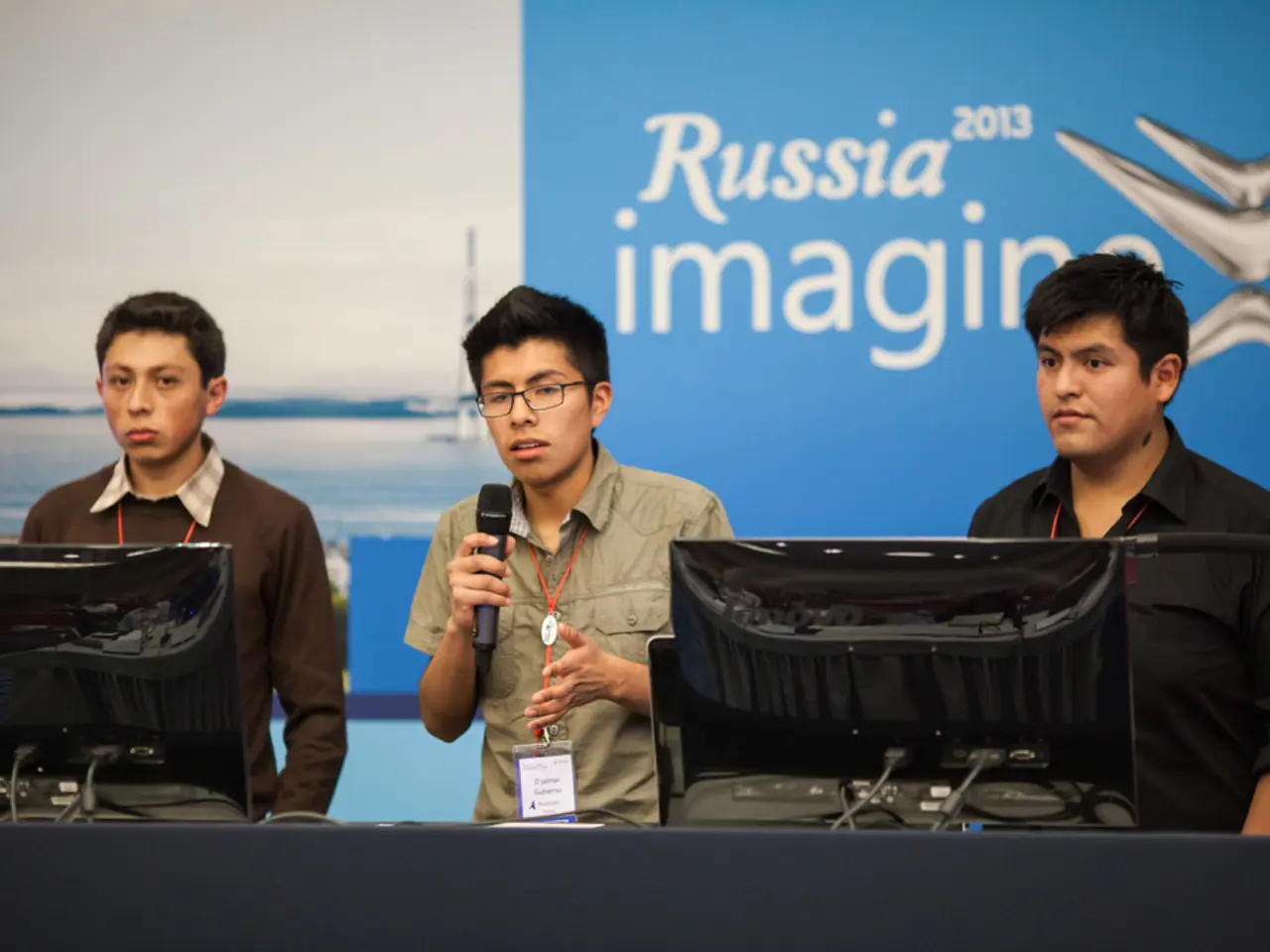Remarkable Images Documented by Groundbreaking Photographer Diana Davies, Showcasing 27 Striking Shots
Diana Davies: A Revolutionary Photographer of the 1960s and 1970s
Diana Davies, born during the Great Depression, embarked on a remarkable journey that would see her become a pioneering photographer of the 1960s and 1970s. With a background marked by an itinerant childhood and a dropout from high school at the age of 16, Davies nurtured dreams of a career in music.
However, fate had other plans. Davies turned to photography, teaching herself the craft in a darkroom and acquiring her equipment secondhand. This decision would prove to be a turning point in her life, as she found herself at the heart of two transformative cultural movements: the folk music scene and the early gay rights movement.
In the 1960s, Davies became associated with the counterculture movement, and her photographs from this era capture the energy and spirit of the artists and activists involved. She documented anti-Vietnam War protests and the civil rights movement, but her most well-known and revolutionary works are from the early gay rights movement and the women's liberation movement.
Davies is recognised for her pioneering work in documenting the early gay rights movement. She photographed key events such as the first Pride Parade in New York City in 1970, capturing the defiant spirit of the movement. One of her most notable photographs is of queer activist Donna Gottschalk, who held a sign stating, "I am your worst fear I am your best fantasy."
Davies' work extends beyond documenting defiance and outrage, capturing the love shared between people in these movements and the undeniable joy present in these communities. She photographed luminaries such as Bob Dylan and Bessie Jones, and travelled with Bessie Jones to the Georgia Sea Islands to capture her at home.
Davies' work was featured in feminist and LGBTQ publications, as well as mainstream news outlets like The New York Times and Life. Her photography likely effected some of the change that is still felt today in the LGBTQ community.
By the 1990s, Davies had mostly stopped working as a photographer, focusing more on her illustrations and graphic art. However, her legacy lives on, as she is remembered as an important visual historian of these revolutionary times. Her work showcased the changing customs and conventions of the time, as revolutionaries demanded not only equality under the law, but dignity.
Davies was associated with the Gay Liberation Front (GLF) and documented New York City's first Pride March held in 1970, which took place on the first anniversary of the Stonewall Riots. Her work continues to inspire and inform our understanding of these pivotal moments in history.
- Diana Davies' work in the 1960s and 1970s, marked by her association with the counterculture, folk music scene, and early gay rights movement, is a prominent part of pop-culture.
- Among the many cultural movements she documented, Davies is particularly recognized for her photography of the early gay rights movement, with her controversial yet iconic images of key events and activists.
- Her photography not only captured defiance and outrage but also the love and joy found within these communities, where people lived their unique lifestyles, fashion-and-beauty, and social-media unapologetically.
- Davies' work was featured in both feminist and LGBTQ publications and mainstream media, including The New York Times and Life, making her a significant influencer in the movement.
- In addition to photography, her illustrations and graphic art in the 1990s further solidified her status as an important visual historian, documenting and interpreting the changing culture of the time.
- Her photographs serve as a testament to the revolutionaries who demanded not only legal equality but also dignity, contributing to the evolution of our cultural and social landscape.
- From entertaining movies-and-tv shows and music that resonated with the youth during her time to books and celebrities who took a stand, Davies' work stands amidst other influential sources of the social context of those revolutionary years.
